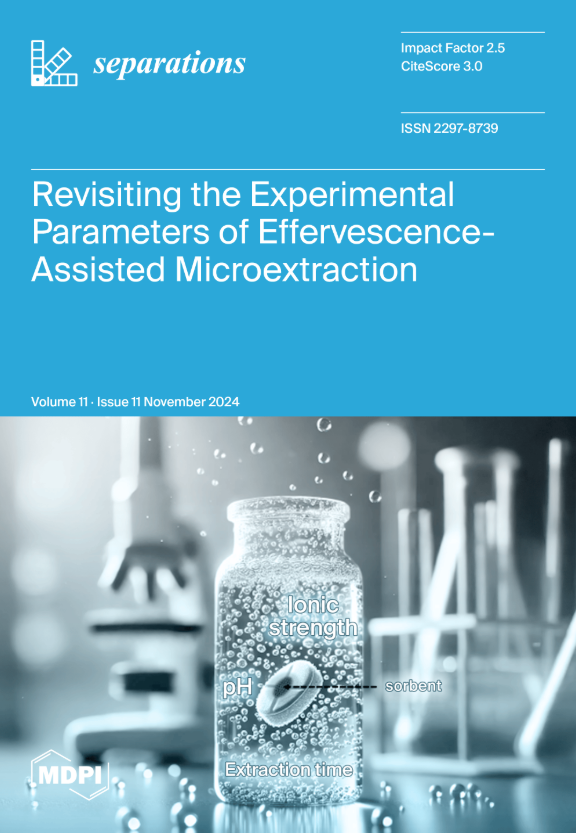生物碳对人工湿地影响的最新进展:处理性能和微生物
IF 2.7
4区 工程技术
Q3 CHEMISTRY, ANALYTICAL
引用次数: 0
摘要
人工湿地是一种绿色环保技术,在污水处理中得到了广泛的应用。传统化粪池面临高浓度污水处理效果不佳的问题。近年来,生物炭作为一种新型的吸附材料,因其比表面积大、吸附能力强、材料来源广泛等优点,在化粪池中得到了广泛的应用。本文通过研究生物炭中添加微生物的变化,系统地总结了生物炭的特性和生物炭的制备,并比较了不同处理方法与生物炭耦合对生物炭处理性能的影响。研究了生物炭与CWs偶联对酶活性、功能基因、代谢产物和微生物群落的影响。本文综述了不同的制备方法对生物炭性质的影响,以及这些生物炭性质如何引起添加到生物炭中的微生物的变化。为化粪池中污染物的处理提供了新的理论依据。本文章由计算机程序翻译,如有差异,请以英文原文为准。
Recent Advances in the Effects of Biochar on Constructed Wetlands: Treatment Performance and Microorganisms
Constructed wetlands (CWs) are a kind of green environmental protection technology, which are widely used in sewage treatment. Traditional CWs are faced with the problem of a low treatment effect of high-concentration sewage. In recent years, biochar, as a new type of adsorption material, has been used in CWs because of its advantages of large specific surface area, strong adsorption capacity, and wide material sources. This paper systematically summarized the characteristics of biochar and the preparation of biochar by studying the changes in microorganisms added to CWs and compared the effects of different treatment methods coupled with biochar on the treatment performance of CWs. The effects of biochar coupled with CWs on enzyme activity, functional genes, metabolites, and microbial communities were investigated. This review summarizes how different preparation methods affect the properties of biochar and how these biochar properties cause changes in the microorganisms added to CWs. It provides a new theoretical basis for the treatment of pollutants in CWs.
求助全文
通过发布文献求助,成功后即可免费获取论文全文。
去求助
来源期刊

Separations
Chemistry-Analytical Chemistry
CiteScore
3.00
自引率
15.40%
发文量
342
审稿时长
12 weeks
期刊介绍:
Separations (formerly Chromatography, ISSN 2227-9075, CODEN: CHROBV) provides an advanced forum for separation and purification science and technology in all areas of chemical, biological and physical science. It publishes reviews, regular research papers and communications. Our aim is to encourage scientists to publish their experimental and theoretical results in as much detail as possible. There is no restriction on the length of the papers. The full experimental details must be provided so that the results can be reproduced. There are, in addition, unique features of this journal:
Manuscripts regarding research proposals and research ideas will be particularly welcomed.
Electronic files and software regarding the full details of the calculation and experimental procedure, if unable to be published in a normal way, can be deposited as supplementary material.
Manuscripts concerning summaries and surveys on research cooperation and projects (that are funded by national governments) to give information for a broad field of users.
The scope of the journal includes but is not limited to:
Theory and methodology (theory of separation methods, sample preparation, instrumental and column developments, new separation methodologies, etc.)
Equipment and techniques, novel hyphenated analytical solutions (significantly extended by their combination with spectroscopic methods and in particular, mass spectrometry)
Novel analysis approaches and applications to solve analytical challenges which utilize chromatographic separations as a key step in the overall solution
Computational modelling of separations for the purpose of fundamental understanding and/or chromatographic optimization
 求助内容:
求助内容: 应助结果提醒方式:
应助结果提醒方式:


